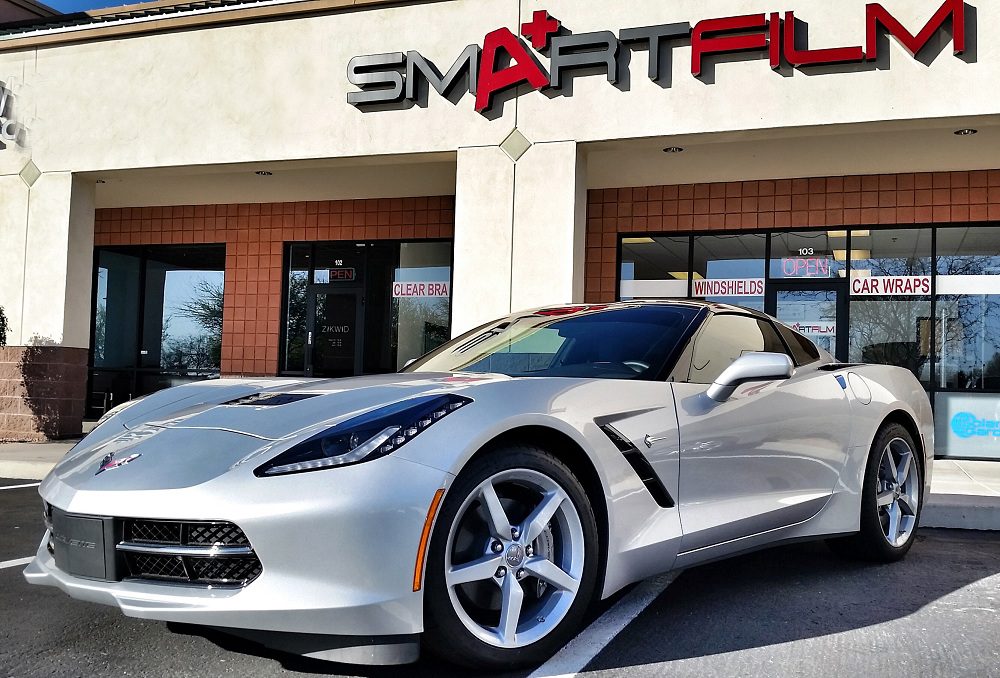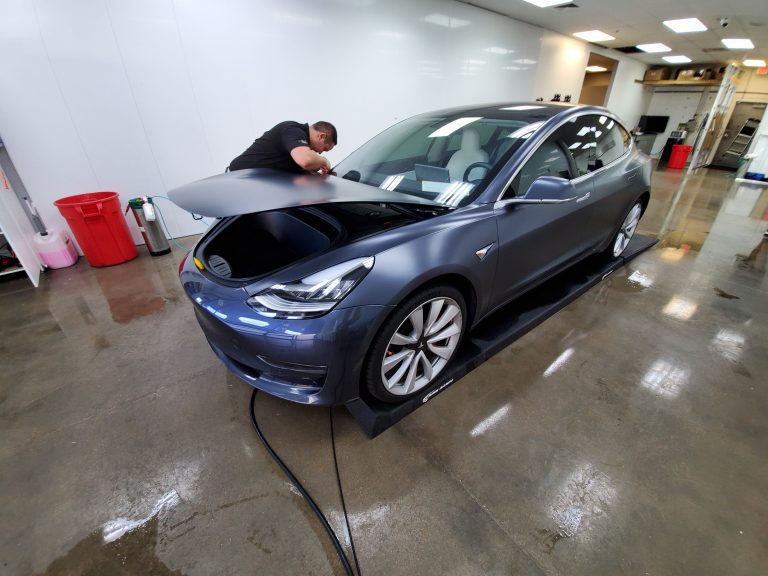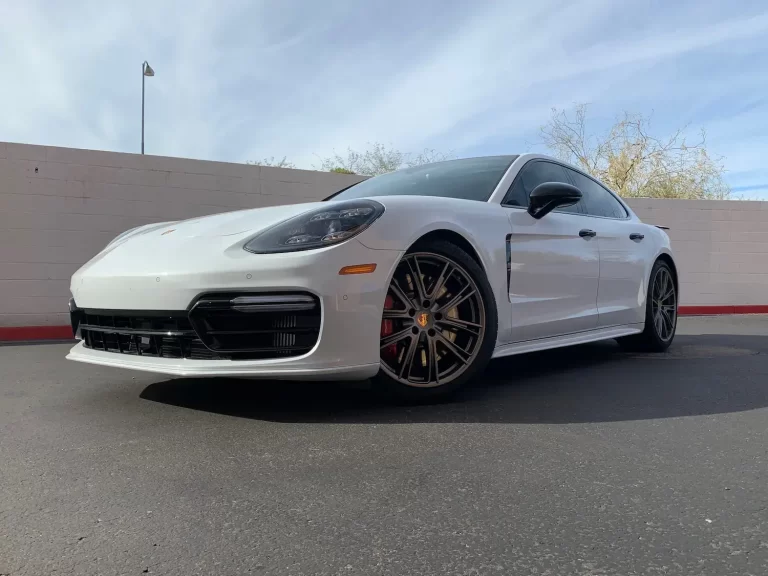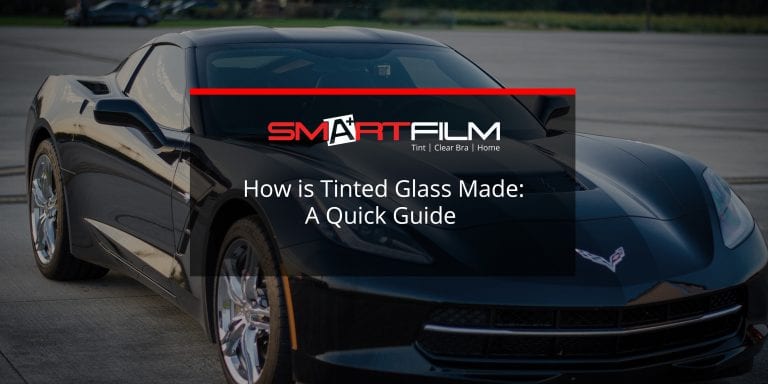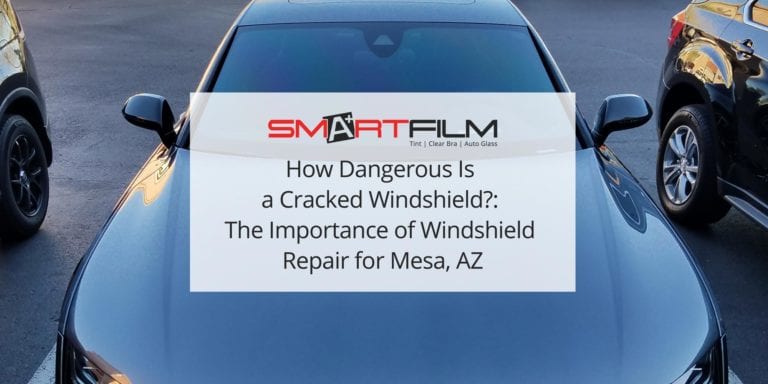Everything You Need to Know About How Tint Car Windows Functions
As a new car owner, maintaining your vehicle’s pristine condition is a top priority. While searching for quality products to protect your investment, you want to make smart choices that offer value and long-term benefits. One such investment worth considering is automotive window tint.
But before diving into window tinting, many drivers wonder, “How tint car windows?” or “How to tint automotive windows?” While deciding to get tinted windows isn’t always a no-brainer, understanding how to tint windows in your car can help clarify the benefits. Whether you’re exploring how to do tinted windows or curious about the process of auto window tinting, we’ve got you covered.
In this article, we’ll explain everything you need to know about window tinting, from its functionality to the various techniques to tint auto glass. Ready to enhance your ride? Let’s explore into how to window tint your car and why it’s a game-changer for aesthetics and protection.
What is Automotive Window Tint?

Window tinting, commonly known as window films, refers to laminated films applied to the glass surfaces of automobiles, boats, and homes. Made from polyethylene terephthalate, a thermoplastic polymer resin, these films vary in material and performance. So, how do you tint car windows?
It’s all about applying these films, which come in various shades designed for different purposes. Some tints provide enhanced privacy, while others are focused on improving safety, security, and UV protection.
While many people assume that auto window tint is simply for aesthetic appeal, a significant number of car owners opt for tinting for practical benefits.
Whether you’re looking into how to tint automotive windows for added security or how to tint auto glass for UV protection, the purpose extends far beyond looks. Now that we’ve defined what they really are, let’s get into the science of how it actually works.
How Automotive Window Tint Works

As mentioned earlier, one of the greatest reasons why drivers tint their windows is to protect themselves from harmful UV rays — but how do tints block both heat and UV rays?
Depending on the tint percentage of your auto tint, it changes the characteristics and the amount of light that penetrates your windows. Normal window glass that is yet to be tinted transmits 90% of visible light while absorbing and reflecting 5%. It’s created for the purpose of UV blocking as well as obstructing infrared light that causes a vehicle to heat up.
Installed window tints will reduce the amount of light that passes through your windows while maintaining the light that travels from the inside. The effectiveness and extent of the window auto tint’s blockage will depend on the type of window tint used, quality of application and the manufacturer it came from.
Experts use the Visible Light Transmittance rating (VLT) or tint percentages to measure the variety of automotive films available in the market. The lower the percentage is, the less visible light will radiate through the glass.
Law enforcement also use tint percentages to determine whether a film is safe and legal to use on the road. Frankly speaking, there are
Common Types of Auto Window Tinting

The great thing about auto window tint is the wide variety of options it offers car owners. The automotive film you’ll be using to tint your vehicle will depend on what you need and your area’s climate. But regardless of what you choose, all auto window tints are created to provide minimum defense against the sun.
We’ve listed the six most common films and their benefits to get you started!
Dyed Window Tints
Dyed auto tints are the best friend of car owners on a strict budget. They are the most basic type of automotive film available in the market. It comprises multiple layers of dye that absorb and block solar heat and sunlight. Its opaque appearance is great for improving the privacy of your vehicle.
While it may be true that dyed tinting is a great and cost-effective automotive film, it doesn’t offer the same level of protection other auto tints have. Additionally, they are prone to fading over time and might cause owners to spend more on replacing them.
Metalized Tint Films
Metalized films are similar to dyed automotive films in that they filter out heat by reflecting them. But instead of using dyed particles, it uses metallic materials to block sunlight. These particles are embedded into the auto tint and are invisible to the naked eye.
Another key point to remember is its ability to strengthen your windows further. For instance, if metalized films are installed on your side windows, their shatter resistance will increase dramatically. Furthermore, they are highly effective for glare reduction and have higher scratch resistance than their predecessors.
Though they may have a more expensive price tag, they are created to be durable enough to last for a long time without fading. But drivers should realize that its metal particles can block signals for most electronic equipment.
Hybrid Window Films
Hybrid automotive films take both metallic and dye particles and infuse them into one — creating a tint that provides both advantages while lessening their disadvantages. One of the most commonly used combinations is titanium and grey dye.
This combination is great for car owners who don’t want to use films that are neither too dark nor too reflective.
Carbon Car Film
Carbon tints are often preferred by those who want to improve the aesthetics of their vehicle due to their unique matte finish. And in terms of blocking heat and UV rays, its carbon material obstructs around 40% of the infrared radiation we mentioned earlier.
Another great advantage of this kind of tint is its durability. It doesn’t fade like dyed automotive film, making it a great investment!
Crystalline Window Film
Those who want to tint their vehicle’s window darkening their windows should do great with crystalline films! Though it doesn’t use a dark automotive film like most tints, it’s still effective in blocking UV radiation and heat!
Ceramic Car Tinting
Considered one of the high-quality automotive films in the market, ceramic tints are best known for their non-conductive materials. And though it’s relatively new, they often come in expensive rates for their proven performance.
They can block up to 50% of solar heat compared to the above window films without affecting the driver’s visibility. They also provide stronger resistance to both fading and glare while increasing the shatter resistance of windows.
Regardless of the type of automotive film you choose, window tinting will be worth your investment.
How Automotive Film Should Be Installed
Because of the growing demand for window tints, a new niche has been created: tint kits. They are pre-cut pieces of film that allow car owners to tint their cars themselves, lessening the costs they have to spend. However, despite the number of people buying these kits, whether consumers save more is still there.
You may be able to purchase some of the best automotive window tints out there, but without good quality applications, you may spend more.
A point often overlooked in window tinting is its intricate process. While it may be true that drivers can DIY this type of project, inexperienced installers may have difficulty getting the job done on the first try.
And if you mess up, for instance, your rear windows, you’ll have to remove the tints, which comes at a different cost. With this in mind, experts often suggest having them professionally installed!
Car Window Tinting Laws and Regulations

Understanding car window tinting laws is crucial for complying with them and avoiding fines. These regulations vary by state and province, affecting how dark your window tint can be.
- State-Specific Laws: Each state and province sets window tint darkness and reflectivity rules. It’s essential to know the specific limits for your location.
- AAA Resources: The American Automobile Association (AAA) offers a comprehensive guide to window tint regulations, helping you stay informed and compliant.
- Tint Darkness Measurement: Tint darkness is measured by Visible Light Transmission percentage (VLT%). This indicates how much light passes through the window, with lower percentages meaning darker tints.
- Front Side Windows: Regulations often specify different VLT% for front side windows—the driver and passenger side—compared to rear windows.
The Window Tint Installation Process
Getting your car windows tinted is more than just an aesthetic upgrade; it’s about precision and care. Here’s a breakdown of the professional window tint installation process:
Preparation
The first step is meticulous preparation. The installer will thoroughly clean your car windows using specialized cleaners and prep solutions. This process removes all oil, grease, and any residue, ensuring a smooth surface for the tint to adhere to. A clean window is crucial for preventing bubbles and ensuring a flawless finish.
Application
Next comes the application. The installer carefully applies the window tint film to the inside of the windows, following manufacturer specifications to achieve optimal results. The process may vary slightly depending on the type of tint used, but precision is key to ensuring the film fits perfectly and looks seamless.
Curing and Clean-Up
After application, the window film needs time to cure. The installer will ensure the tint is properly set and your car is clean before returning it. To ensure the adhesive bonds correctly, you must avoid rolling down the windows for at least 24-48 hours. This step ensures longevity and effectiveness, offering maximum UV protection and a sleek look.
Invest in professional installation for a long-lasting, high-quality window tint.
Do Car Dealerships Do Window Tinting?
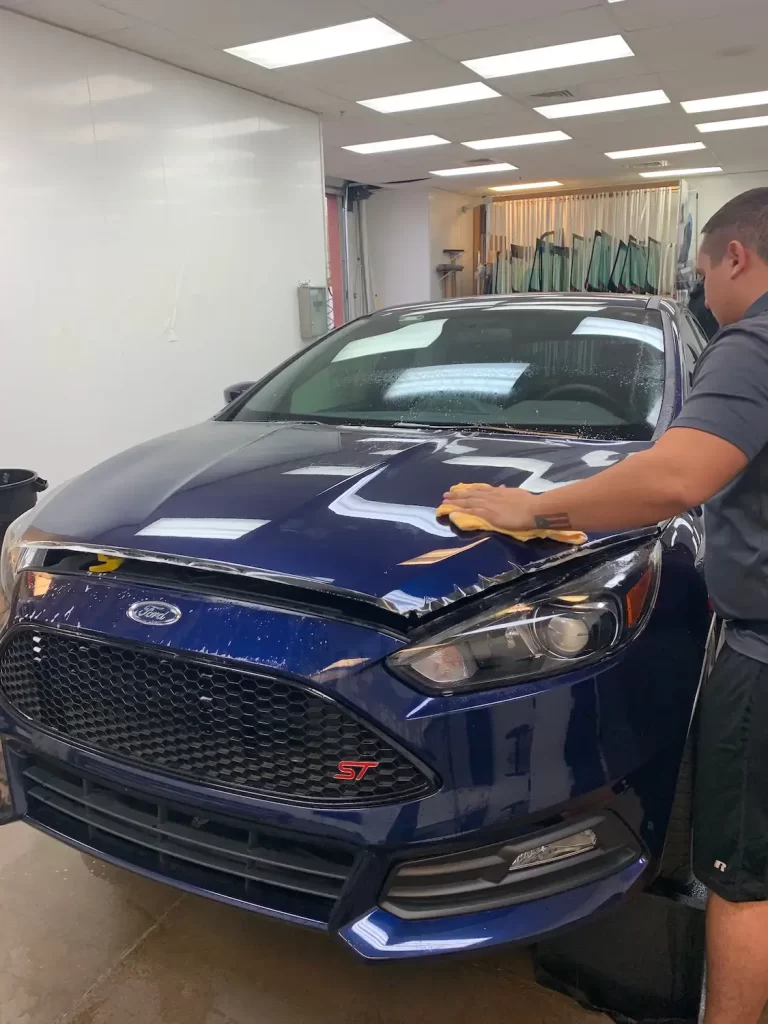
Another trend brought to life by increasing demand is tinting services within car dealerships.
Frankly, it’s easy for new drivers to stick by their dealers should they be offered the service. But this poses the question of whether or not they can guarantee great service. As mentioned earlier, auto tinting is a delicate project requiring specialization.
Sticking by your dealer might help you save time and even resources, but improper installation can lead to more problems. Application alone can affect the performance and longevity of the auto tint. In the end, drivers should stick with experts!
Make Friends With Window Film Professionals
It’s understandable for fairly new car owners to be intimidated by the cost of professional installation. Still, if they look hard enough, some providers offer cost-effective services like SmartFilm!
The great thing about tint shops is they offer guarantees that most tint kits don’t have. If their customers are not satisfied with their work, they can easily come back to have things fixed.
Automotive window tint offers great benefits alone, but with the help of great installation, its advantages increase tenfold!
Why Choose SmartFilm?
At SmartFilm, we guide you through the window tinting process to find the ideal solution for your needs. Our expert window tinting and paint protection film services in Mesa, Tempe, Gilbert, and the surrounding Arizona metro area will keep your car cooler, protect your loved ones from UV rays, and maintain its pristine condition. Visit their website or shop to explore the perfect tint for your vehicle!
